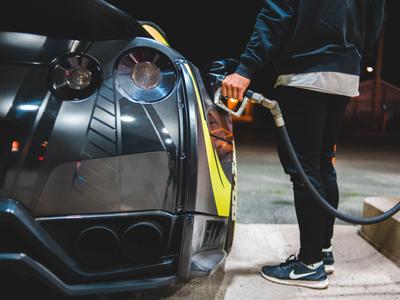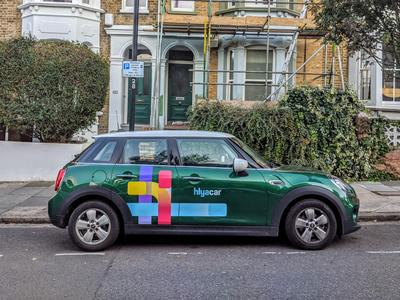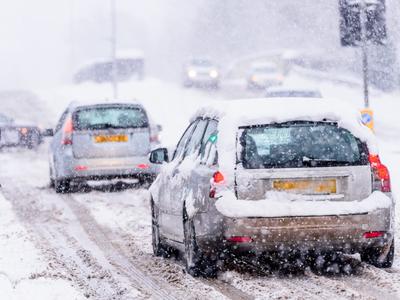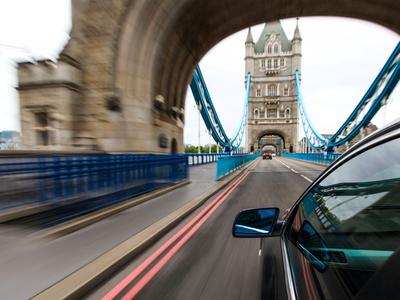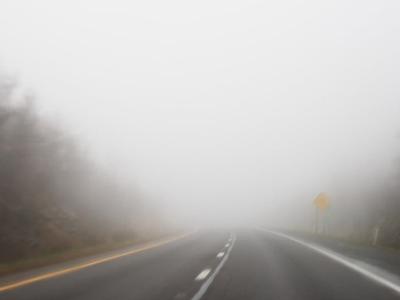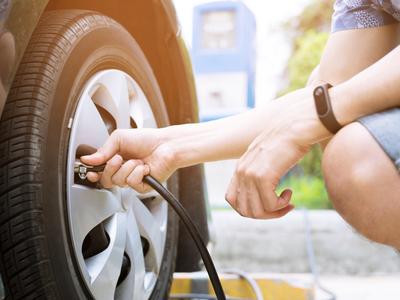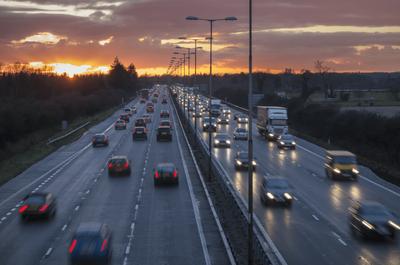
Motorway driving tips
Driving on the motorway can be a daunting task, but we’ve come up with some handy motorway driving tips to get you safely on your way.
Have an idea of where you’re going
Obviously, we live in a world of GPS and sat navs, but it’s always worth having a brief idea of where you’re going to save any moments of panic. Make a mental note of junction numbers you might need to join and leave at.
Vehicle safety checks
Before any long journey, it’s important that you’ve done everything you can to ensure your vehicle is up to the task. If you’re nervous about driving on the motorway then you’re going to want to do everything you can to avoid a breakdown. Vehicle daily checks aren’t really required but we do recommend some quick vehicle checks before driving a long distance, to help you feel more secure on your journey. Recommended checks include tyre pressures and tread depths, as well as windscreen functionality and engine oil, brake fluid and coolant levels. Before setting off on the road, make sure mirrors are clean and positioned correctly.
Joining the motorway
Despite being on a slip road, priority is with the vehicles already on the motorway. Use the slip road to get up to speed matching those already on there. Merge onto the motorway when there’s a safe gap in traffic. Some motorway slip roads do continue on to form the left lane of the motorway, so you don’t need to move lanes unless you’re overtaking. Always check your mirrors using the ‘mirror, signal, manoeuvre’ procedure, before merging and changing lanes, as well as a quick ‘lifesaver’ check over your right shoulder.
Once on the motorway, know your lanes
There is no fast lane or slow lane on a motorway. Drivers should always drive in the left-hand lane unless overtaking on the right. Undertaking (i.e. overtaking on the left) is illegal. Only overtake when it is safe to do so. Once you’ve overtaken, safely move back into the left-hand lane — middle-lane hogging is illegal. Take a final look over your left shoulder to make sure it’s clear before moving. If you’re already following traffic in the left-hand lane but the right-hand lanes are moving slower than you this is not illegal undertaking. Take extra care and keep your distance around larger vehicles such as lorries — they have larger blind spots and may not see you. Vehicles such as speed-limited vehicles of 3.5–7.5tonnes, any vehicle over 7.5tonnes and vehicles with trailers are not permitted to use the right-hand lane.
Motorway speed limits
Cars and motorcycles are expected to adhere to the 70mph speed limit on motorways, while HGVs, buses and coaches of more than 12 metres and any vehicles towing are expected to adhere to a 60mph maximum speed limit. If there is traffic ahead, there’s an issue on the road or weather conditions have taken a turn, motorway signals will advise accordingly, but do keep your wits about you and adjust your speed as necessary.
Motorway signals
Motorway signals are available on motorways to advise of potential dangers ahead. That could be a change in weather, an incident, debris in the road, as well as the indication of spillages or workers in the road. Signals to the central reservation apply to all lanes, while overhead signals may differ dependant on lane (for example when there’s a lane closure ahead — this will be indicated by red flashing lights and an ‘X’ indicating that you must not continue in that lane). If the red lights are in the central reservation, you must not go beyond that point in any lane. Amber flashing lights warn of a hazard ahead. These hazard lights may come accompanied by a temporary speed limit.
Road conditions
If you know you’ll be driving when it’s dark, it’s worth checking that your headlights and brake lights are both clean and fully functional. As well as a quick check to fog lights, just in case. When driving at night, you should have your dipped beam headlights on, but it’s also handy to be aware of the colour coding of motorway cats eyes. Red reflective studs indicate the hard shoulder, amber reflective studs indicate a central reservation, white reflective studs show mid-lane divisions, while green reflective studs show the slip road.
Keep your distance
As the majority of vehicles on the motorway will be travelling at 70mph, it’s important to allow for greater space to stop. Follow the two-second rule as a rule of thumb in normal driving conditions. If driving in the wet or you encounter rain on your journey, it’s important to keep your distance from the car in front. Follow the four-second rule in wet or poorer weather conditions. Our tips for driving in snow are to increase your distance and lower your speed to what’s comfortable and safe. Follow these same tips for driving on ice.
Speed cameras on the motorway
The 70mph speed limit will be applicable for most vehicles driving on the motorway. Many UK motorways use an Active Traffic Management system using variable speed limits. This means that your speed is measured between two separate cameras to track the speed you were doing in order to cover that distance. Therefore merely slowing down for the camera and speeding up between each will still land you a ticket! Smart motorways allow you to drive on hard shoulders where indicated. If there’s a red cross above the hard shoulder, it should only be used in an emergency. If a speed limit is in a red ring, you must adhere to this speed. If a speed limit is accompanied by flashing amber lights, it’s more of an advisory speed limit to be aware of potential traffic ahead or poor weather conditions. If caught speeding on the motorway, you could be faced with a hefty fine.
Leaving the motorway
When the junction you want is coming up — there will be motorway signs at 1-mile and 0.5-mile markers, as well as a 3-line countdown for 300, 200 and 100 yards — ensure you’re in the left-hand lane as early as possible. This will save a last-minute panic to move over before the exit, putting yourself and other drivers in danger. Signal left at the first 3-line marker and maintain your speed until you’re on the slip road to come off.
Take a break!
You don’t have to have a Kit Kat, but if you are on a particularly lengthy journey, it’s wise to take a 15-minute break every two hours.
Break downs
If your vehicle does happen to break down on the motorway, move into the hard shoulder as quickly as possible and put your hazard lights on immediately. Once stopped, call for help using a mobile phone or one of the orange emergency phones which are dotted up and down the motorway — the nearest can be found by following the arrows at the side of the road. Each orange phone is trackable to the Highways Agency so they can locate you.
What licence do I need to drive a van?
You can drive a van using a full UK car licence — the same motorway driving tips should be adhered to. As a van is generally heavier than a car, you may want to increase your distances slightly as it will take you longer to stop.
If these tips haven’t settled any worries then maybe ask a more experienced driver to tag along with you. Or a driving instructor would be happy to give you a lesson.
Do you have a long motorway trip coming up? View the vehicles we have available for car sharing!

